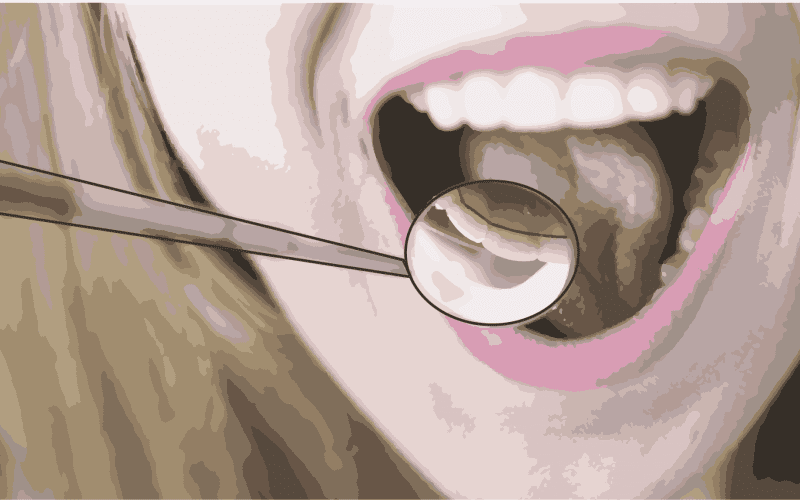Reflection of light is an important topic of the science syllabus which explains various interesting concepts like concave mirror and lens, convex mirror and lens, refraction of light etc. which are a significant part of class 8 to class 12 curriculum. Concave mirror and lens can be a confusing topic but as it is asked in a series of competitive exams, entrance exams and SAT subject tests, one must know definitely master it! Here is a blog representing the concept of the concave mirror and lens to help you get a stronghold of it.
This Blog Includes:
What is Concave Mirror?
Portions cut out from a hollow spherical mirror with their inner surface as a reflecting surface, such mirrors are called Concave Mirror. Light falling on such a mirror converges at a point and reflects back from the surface of the concave mirror, therefore such mirrors are also called converging mirrors.
An image formed by the concave lens can be real and inverted as well as virtual and erect. The nature of it depends on the position of the object, if it is placed very close to the mirror, the image would be virtual and erect. But if we increase the distance between the object and the mirror, we will obtain an image which is real and inverted.

Also Read: Class 9 ICSE Physics Syllabus!
Images Formed By Concave Mirror
The image formed by the concave mirror varies in nature and position because of the placement of the object. Let us have a look at the ray diagrams of a concave mirror and understand the variation in the position and nature of the image with respect to the position of the object.
- Objects at Infinity
- Beyond Centre of Curvature (C)
- At the Centre of Curvature (C)
- Between C and F
- At the Focus
- Between Focus and Principal Axis (P)
Also Read: Class 10 ICSE Physics Syllabus!
Tabulated below are the details of the images formed using the concave mirror:
| Position of the Object | Position of the Image | Size of the Image | Nature of the image |
| At infinity | At the Focus | Highly Diminished and Point Sized | Inverted and Real |
| Beyond the Centre of Curvature (C) | Between F and C | Diminished | Inverted and Real |
| At the Centre of Curvature (C) | At C | Same size | Inverted and Real |
| Between C and F | Beyond C | Enlarged | Inverted and Real |
| At Focus (F) | At Infinity | Highly Enlarged | Inverted and Real |
| Between F and P | Behind the Mirror | Enlarged | Erect and Virtual |
What is Concave Lens?
A lens which diverges the incident ray of light from the source to form a diminished image which is virtual and erect is called a concave lens. The images formed by a concave lens vary and depend on the source of light. Also known as divergence lens, the concave lens has at least one surface which is curved inwards at the centre and bulges outward at the edges.
Now that you are aware of what a concave lens is, we will take a glance at the ray diagrams formed by this lens.

Images Formed By Concave Lens
Mainly, there are only 2 types of ray diagrams which can be formed using a concave lens. Both of them form different images of the object used in it. Refer to the images below for a clear insight into these diagrams:
- Object at Infinity
- The object between infinity and O
Mentioned below are the details of the images that will be formed using the concave lens-
| Position of the Object | Position of the Image | Size of the Image | Nature of the image |
| At Infinity | At Focus | Highly Diminished | Virtual and Erect |
| Between infinity and O | Between F and O | Diminished | Virtual and Erect |
Applications of Concave Mirror and Lens
Both concave mirrors and lenses are much more useful than those scientific experiments. We come across a variety of activities on a daily basis which involve their application. Following are some uses of concave mirrors and lenses-
- The most common use of a concave lens is its use in reading glasses
- Concave mirrors are used by dentists for a broader view
- To improve the photograph quality, the concave lens is used in cameras in combination with a convex lens
- Concave mirrors are used in salons for shaving
- The concave lens is used in flashlights
FAQs
The concave lenses are curved from the centre of the mirror so that they can diverge the light rays parallel as per the optical axis.
The two types of available lenses are concave and convex.
The human eyes contain a biconvex lens.
These were the essential points to remember on concave mirrors and lenses. Realizing your dream career right at the school level can make a massive difference in your future. Get in touch with Leverage Edu experts to find out where your interest lies and how to move forward with it!

 One app for all your study abroad needs
One app for all your study abroad needs























 45,000+ students trusted us with their dreams. Take the first step today!
45,000+ students trusted us with their dreams. Take the first step today!


